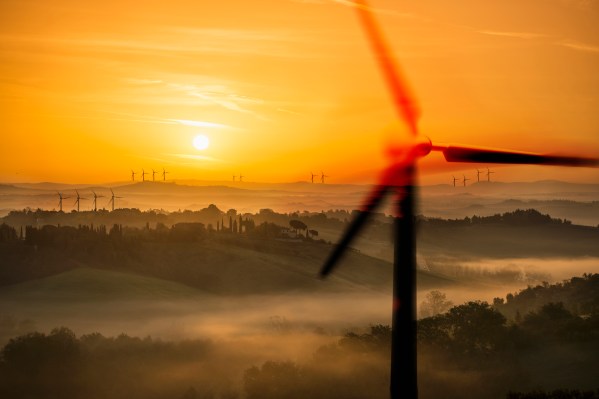Form Energy closed a $450 million Series E fundraising round yesterday to continue its work turning iron into rust.
The round was led by TPG Rise Climate and joined by new investors GIC and Canada Pension Plan Investment Board. Existing investors ArcelorMittal, Breakthrough Energy Ventures, Capricorn Investment Group, Coatue, Energy Impact Partners, The Engine, NGP ETP, Temasek, Prelude Ventures and VamosVentures provided follow-on capital.
Such large rounds are becoming commonplace in the battery industry as startups transition from research and development to manufacturing and commercialization.
Form is one of many battery tech companies that have popped up over the past decade, though it’s taking a different tack from many others. Where most companies are focusing on lithium ion-related chemistries, the startup has been pursuing iron-air batteries. That means its cells don’t rely on expensive and supply-constrained minerals like lithium, cobalt or nickel. Form will start commercial production in late 2024, and it’s aiming to eventually produce its battery packs for less than $20 per kWh.
If the company can hit its target, it would hasten the shift toward renewable power. Already, solar and wind are price-competitive with fossil fuel plants, and in some cases they’re cheaper than running existing natural gas-fired plants. Adding inexpensive storage to contain cheap power would make renewables competitive in more locations.
Form already has a contract with Great River Energy in Minnesota to install a 150-MWh battery, and it’s working with Southern Company to explore a similar pilot in Georgia.
It’s one of a growing number of battery companies that are ignoring EVs in favor of other markets that are key to the energy transition. Form’s batteries are heavy and large, but also inexpensive and long-lasting, all qualities that are ideal for storing excess renewable energy.
The company is looking to sell to utilities and renewable energy developers seeking to “firm” their intermittent wind and solar assets, the industry term for helping renewables provide stable and reliable power when the sun sets or the wind dies down.
Form’s batteries are assembled by placing pebble-sized iron pellets in half a vat of water-based electrolyte. Oxygen from the air reacts with the electrolyte to form hydroxide ions, which then oxidize the iron pellets to produce rust. This sends free electrons through the anode, discharging the battery. Charging the battery reverses the process, deoxidizing the rusted iron and releasing oxygen.
Form’s chemistry was born in an MIT lab run by Yet-Ming Chiang, the company’s chief science officer. Chiang has a long history in the battery world, having also founded 24M and A123 Systems. The latter helped seed many of the current crop of battery tech companies. Form’s CEO, Mateo Jaramillo, is also an industry veteran — he helped Tesla create its Powerwall stationary storage product.
The $450 million round is yet another signal that the battery industry still represents an appealing opportunity for investors, despite some headwinds elsewhere in the economy. Over the last five years, battery startups have attracted more than $42 billion across nearly 1,700 deals. With the energy transition continuing to gather momentum, and with the recent passage of the Inflation Reduction Act, expect those figures to continue to rise.
